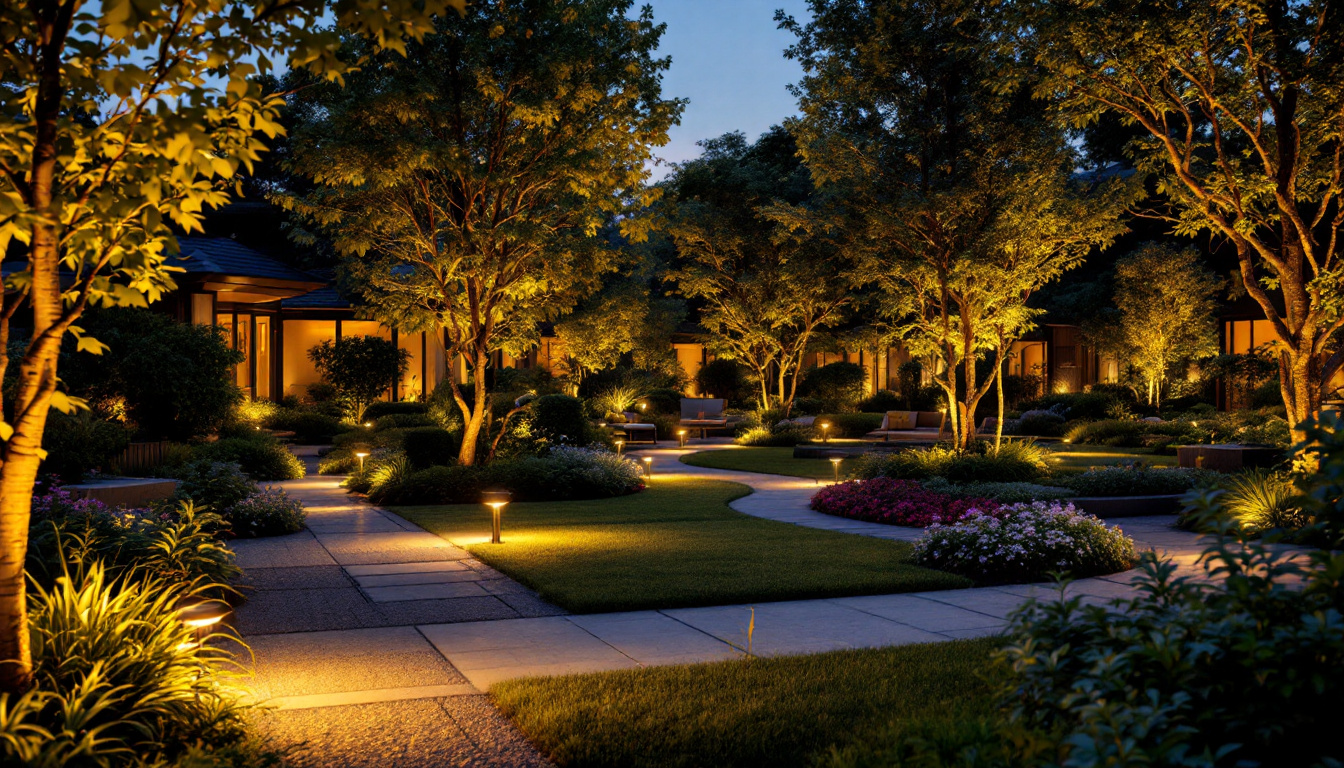
In the realm of outdoor lighting, motion lights stand out as a crucial element for both security and convenience. For lighting contractors, mastering the installation and functionality of these lights can significantly enhance the quality of service provided to clients. This article delves into the intricacies of outside motion lights, offering insights and tips that can elevate a contractor’s expertise in this specialized field.
Before diving into installation techniques and best practices, it is essential to grasp the underlying technology behind motion sensors. Motion lights utilize various types of sensors to detect movement, each with its unique advantages and applications.
There are primarily three types of motion sensors used in outdoor lighting: passive infrared (PIR), microwave, and dual-tech sensors. Passive infrared sensors detect changes in heat, making them ideal for areas with significant temperature variations. Microwave sensors, on the other hand, emit microwave pulses and can detect movement through obstacles, providing a broader coverage area. Dual-tech sensors combine both technologies, offering enhanced reliability and reducing false triggers.
Understanding these types allows contractors to recommend the most suitable option based on the client’s specific needs, whether it’s for a residential property or a commercial space. For example, PIR sensors are often favored in residential settings due to their cost-effectiveness and energy efficiency, while microwave sensors are increasingly popular in commercial applications where comprehensive coverage is paramount. The choice of sensor can significantly impact not only the functionality of the lighting system but also the overall safety and security of the premises.
Another critical aspect is the sensor’s range and coverage area. Most motion sensors have a detection range of 30 to 100 feet, with varying angles of coverage. It’s essential to consider the environment where the lights will be installed. For instance, a wide-angle sensor may be perfect for open spaces, while a more focused beam is suitable for narrow pathways or driveways.
Contractors should also educate clients on how environmental factors, such as trees or walls, can obstruct sensor functionality. Proper placement is key to maximizing effectiveness. Additionally, it’s worth noting that some advanced models come equipped with adjustable sensitivity settings, allowing users to customize the sensor’s responsiveness based on their specific environment. This feature can be particularly beneficial in areas with frequent wildlife activity, where a standard setting might lead to unnecessary activations. By understanding these nuances, clients can better appreciate the value of a well-implemented motion sensor system, ensuring their outdoor spaces remain safe and well-lit without compromising on efficiency.
Installing motion lights requires a careful approach to ensure optimal performance and longevity. Here are some best practices that lighting contractors should follow.
The location of motion lights plays a pivotal role in their effectiveness. Ideally, they should be installed at a height of 8 to 10 feet, which is high enough to avoid tampering while still providing adequate coverage. Common locations include entryways, garages, and pathways.
When selecting a spot, contractors should also consider the light’s exposure to sunlight. Areas that receive direct sunlight during the day may cause the sensor to become less sensitive at night, potentially leading to missed detections. Furthermore, it’s important to account for any potential obstructions, such as trees, bushes, or architectural features, that might block the sensor’s line of sight. A clear field of view will enhance the sensor’s ability to detect motion and activate the light promptly.
In addition to physical obstructions, environmental factors should also be taken into account. For instance, areas prone to heavy rainfall or snow accumulation may require additional consideration for drainage and positioning to prevent water damage. By carefully evaluating the surroundings, contractors can ensure that motion lights function effectively throughout various weather conditions.
Proper wiring is essential for the functionality of motion lights. Contractors should ensure that the wiring is weatherproof and suitable for outdoor use. Using conduit can protect the wiring from the elements and potential damage.
Additionally, it’s crucial to consider the power supply. Most motion lights operate on standard voltage, but some may require low-voltage systems. Contractors should verify the specifications before installation to avoid complications later on. It’s also advisable to use a dedicated circuit for motion lights, especially in areas where multiple units are installed. This can help prevent overloads and ensure that the lights operate reliably without interference from other electrical devices.
Moreover, integrating smart technology can enhance the functionality of motion lights. Many modern systems allow for remote control and scheduling through mobile applications, providing users with greater flexibility and control over their lighting. Contractors should familiarize themselves with these options and discuss them with clients, as they can significantly improve the user experience and energy efficiency of the lighting system.
Once installed, motion lights often come with adjustable settings that can fine-tune their performance. Understanding these settings is vital for contractors aiming to provide the best service.
Many motion lights feature sensitivity settings that allow users to control how easily the sensor detects movement. Contractors should demonstrate how to adjust these settings based on the specific environment. For example, in areas with frequent animal movement, a lower sensitivity setting may be necessary to avoid false triggers.
Conversely, in high-traffic areas, a higher sensitivity can ensure that the light activates promptly when needed. Educating clients on this aspect can lead to greater satisfaction with the installation.
Most motion lights also come with adjustable timer settings that determine how long the light stays on after activation. Contractors should explain the benefits of different timer options to clients. For instance, a longer timer may be beneficial for pathways, while a shorter duration could suffice for entryways.
By customizing these settings, contractors can help clients achieve a balance between security and energy efficiency, ultimately enhancing the value of the installation.
Even with the best practices in place, contractors may encounter challenges during the installation and maintenance of motion lights. Understanding these common issues and their solutions can streamline the process.
False triggers can be a significant issue with motion lights, often leading to frustration for clients. These can occur due to various factors, such as wind, animals, or even passing vehicles. To mitigate this, contractors should recommend installing lights with adjustable sensitivity settings and positioning them away from areas prone to movement.
Additionally, educating clients on the importance of maintaining a clear line of sight for the sensor can help reduce false activations. Regular maintenance checks can also ensure that the sensor remains clean and unobstructed.
Outdoor lighting is inherently subject to weather conditions, which can affect performance. Moisture can lead to corrosion, while extreme temperatures can impact sensor functionality. Contractors should recommend weatherproof fixtures and ensure that all components are rated for outdoor use.
Furthermore, advising clients on regular maintenance, such as cleaning the sensor and checking for signs of wear, can prolong the lifespan of the motion lights.
While functionality is paramount, the aesthetic appeal of outdoor lighting should not be overlooked. Motion lights can be both practical and stylish, and contractors have the opportunity to enhance the overall look of a property.
Today’s market offers a variety of designs for motion lights, ranging from sleek modern styles to more traditional looks. Contractors should stay informed about the latest trends and options available to provide clients with choices that complement their home’s architecture.
Incorporating motion lights into landscaping can also create a harmonious blend of functionality and beauty. For example, placing lights along pathways or highlighting garden features can enhance the outdoor ambiance while providing security.
The color temperature of outdoor lights can significantly impact the mood and appearance of a space. Warmer tones (2700K-3000K) create a welcoming atmosphere, while cooler tones (4000K-5000K) offer a more modern and vibrant feel. Contractors should discuss these options with clients to align the lighting with their desired aesthetic.
As energy efficiency becomes increasingly important, contractors should be well-versed in sustainable lighting solutions. Motion lights can contribute to energy savings, especially when equipped with LED bulbs.
LED motion lights are not only energy-efficient but also have a longer lifespan compared to traditional incandescent bulbs. This longevity translates to fewer replacements and reduced waste, making them an environmentally friendly choice.
Contractors should emphasize the cost savings associated with LED technology, as they consume significantly less energy and can lead to lower utility bills for clients.
Integrating smart technology with motion lights is another avenue for enhancing energy efficiency. Smart motion lights can be controlled remotely, allowing users to adjust settings from their smartphones. This feature not only adds convenience but also enables users to monitor energy usage more effectively.
Contractors should stay updated on the latest smart lighting solutions and be prepared to offer clients options that fit their tech-savvy lifestyles.
Mastering the art of installing and maintaining outside motion lights is an invaluable skill for lighting contractors. By understanding the technology, adhering to best practices, and addressing common challenges, contractors can provide exceptional service that meets client needs.
Furthermore, by focusing on aesthetic appeal, energy efficiency, and smart technology integration, contractors can position themselves as experts in the field, ultimately leading to greater client satisfaction and business growth. The secrets to mastering outside motion lights lie in a combination of technical knowledge, practical experience, and a keen understanding of client preferences.
Ready to elevate your lighting projects with the best in spec-grade motion lights? At LumenWholesale, we provide lighting contractors like you with the highest quality products at unbeatable wholesale prices. Say goodbye to middleman markups and hello to a vast selection of reliable, high-performance lighting that meets the most rigorous industry standards. Plus, with the convenience of free shipping on bulk orders, you can stock up on premium lighting solutions without worrying about hidden fees. Don’t compromise on quality or value—visit LumenWholesale today and discover the perfect blend of quality, affordability, and convenience for all your lighting needs.
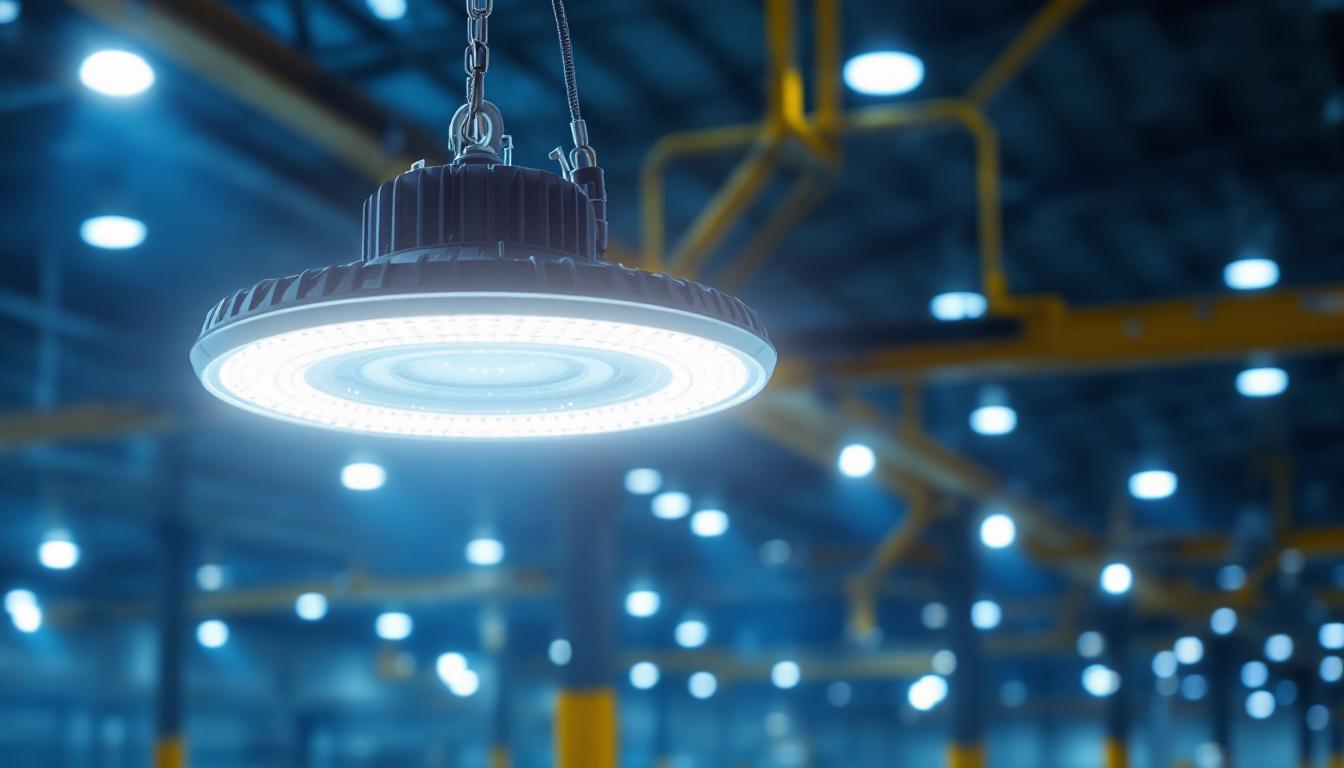
Discover how High Bay UFO LED Lights can revolutionize your lighting projects and help you secure more contracts.
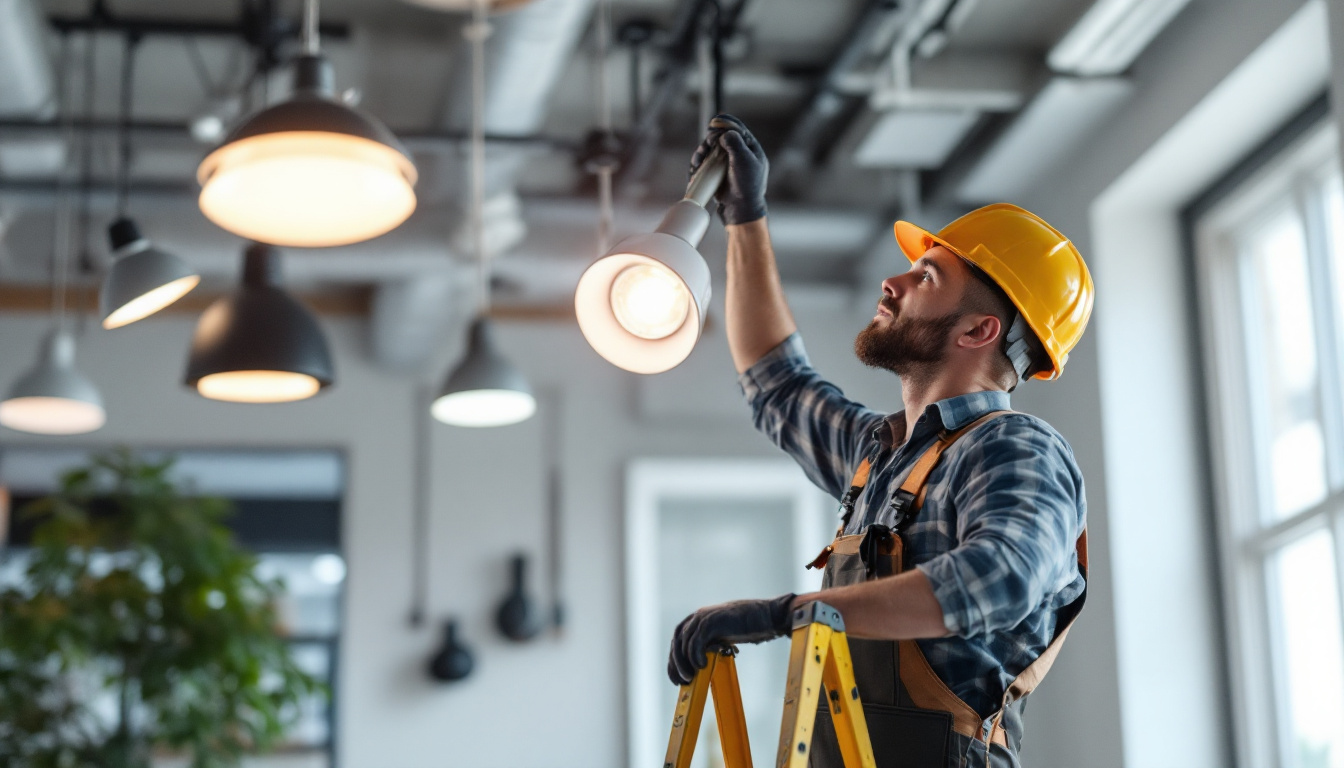
Discover the key elements lighting contractors need to know about top lighting companies, including industry trends, innovative technologies, and essential partnerships that drive success in the ever-evolving lighting landscape..
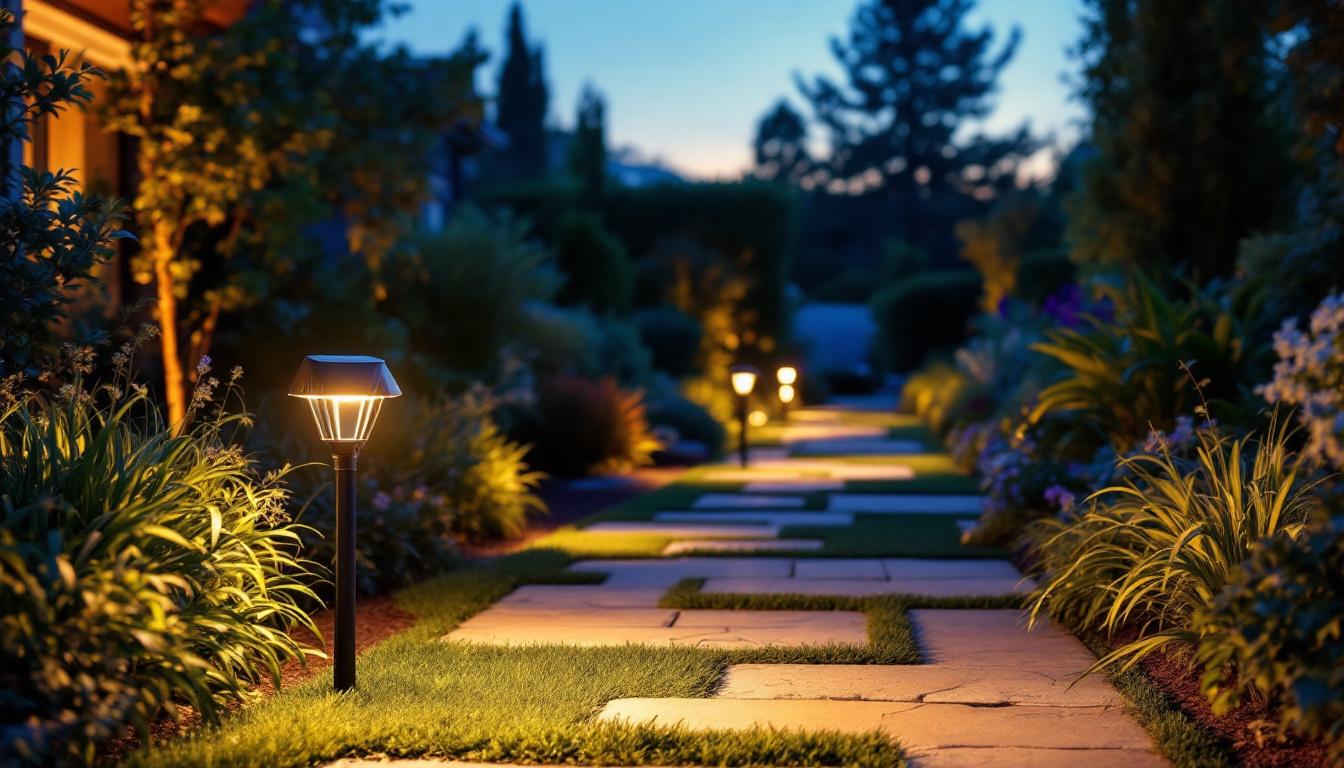
Discover why solar landscape path lights are essential for lighting contractors—boost efficiency, reduce costs by 30%, and enhance outdoor aesthetics.
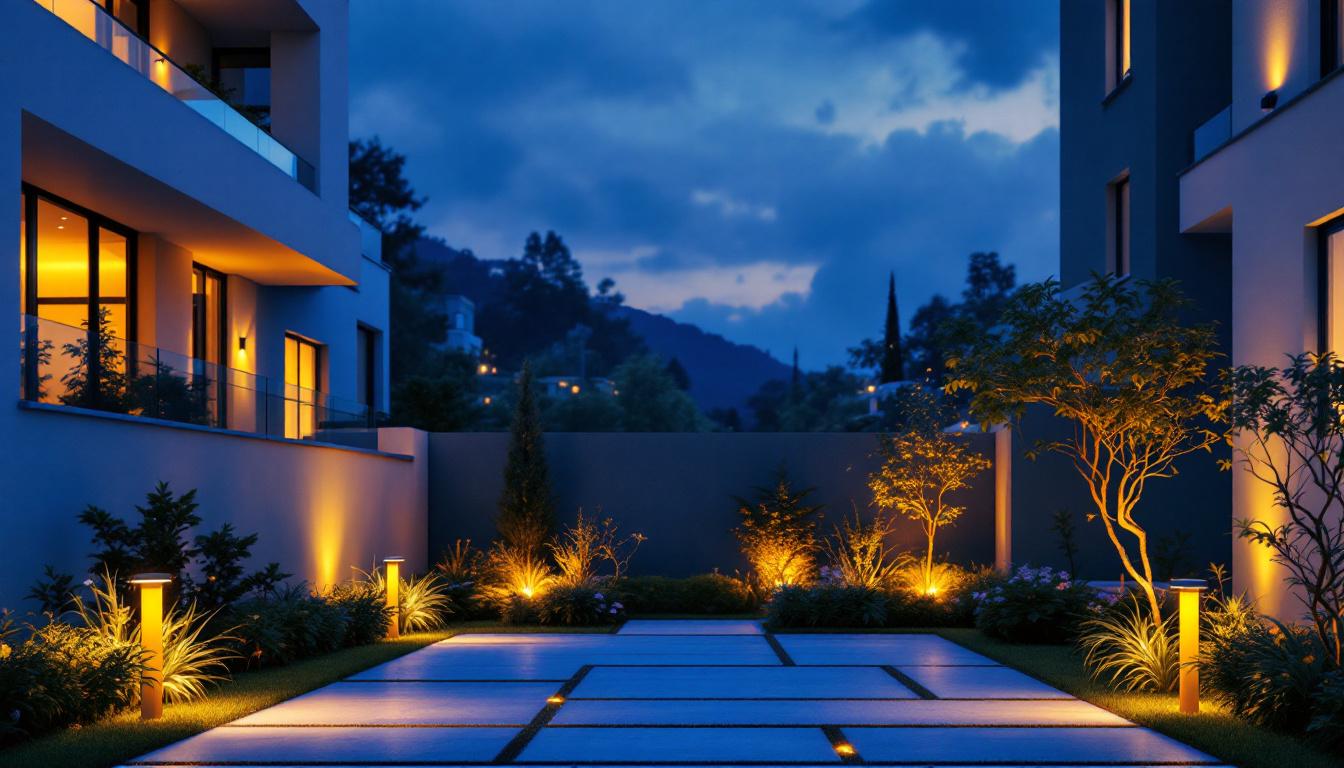
Discover how weatherproof outdoor lights can enhance energy efficiency in your home.